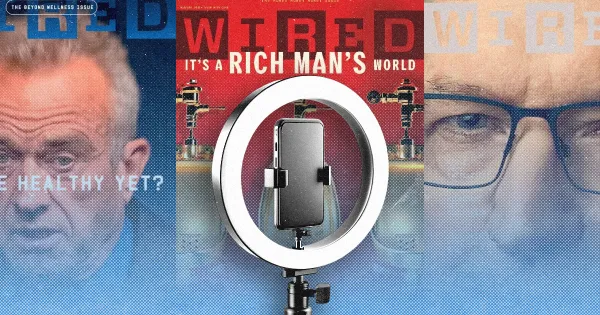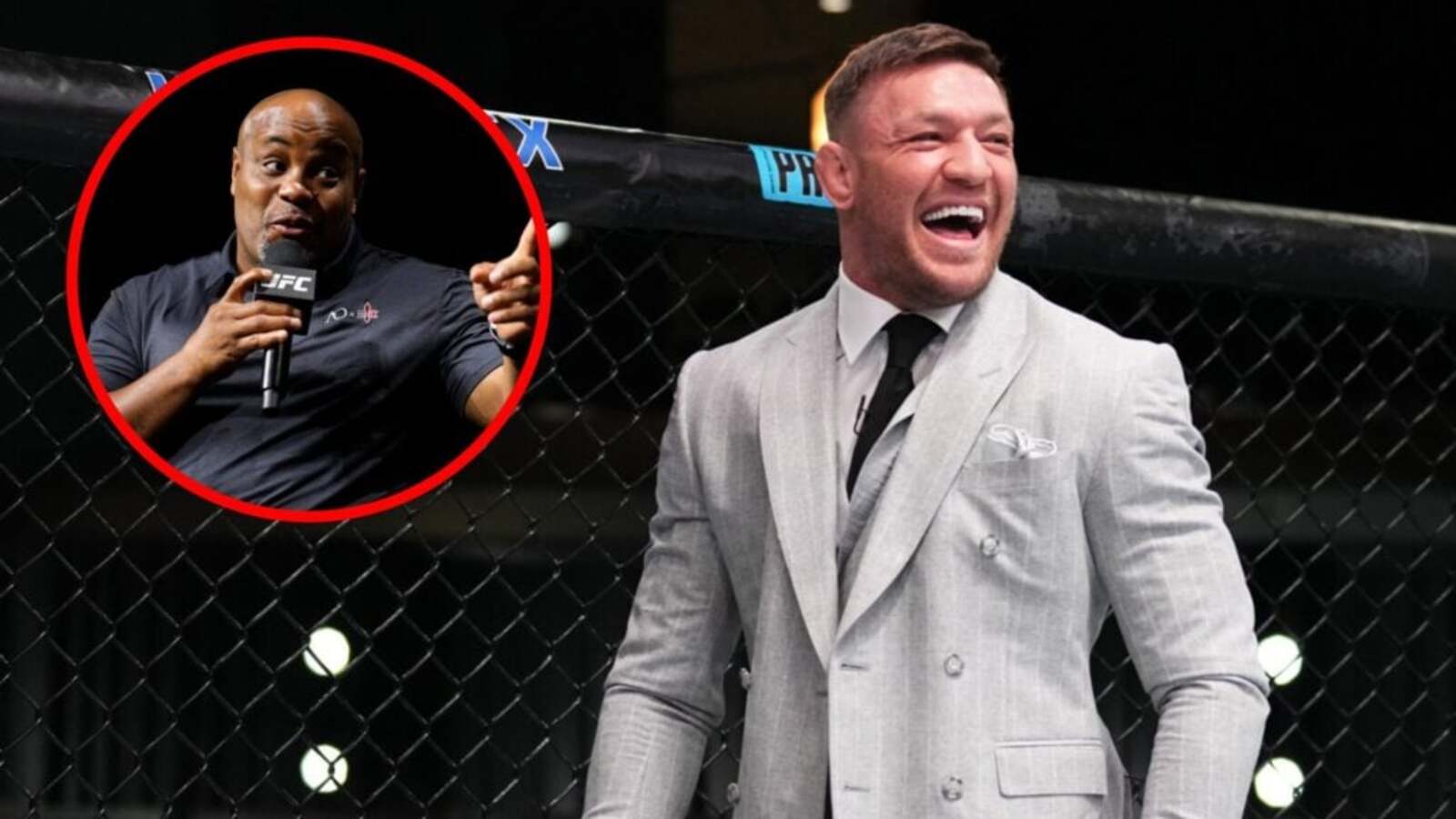By Mark Stenberg
Copyright adweek

Beginning this week, Wired will flood city streets and highways with its biggest brand marketing push in years.
A wall-size mural in Brooklyn, wheatpasted posters in Washington, D.C., New York, Los Angeles, and Austin, and nearly 20 digital billboards from the East Bay through San Francisco will promote its upcoming politics issue, whose cover is pictured below. Each placement carries a QR code driving passersby to a subscription page.
For global editorial director Katie Drummond, who joined the publisher in September 2023, the campaign represents more than marketing. It encapsulates her strategy of turning Wired’s journalists into recognizable figures across platforms—from billboards to TikTok—and using their credibility to power both audience growth and revenue.
“We want to flood the zone in a very physical way with this cover,” Drummond said. “The idea is to take all the amazing journalism we’ve done this year and make a moment out of it.”
The campaign signals a rare level of brand care in publishing, according to Code and Theory co-founder Dan Gardner.
“Publishers don’t do that enough,” Gardner said. “The fact that Wired cares about its brand is important. Choosing out of home is interesting too—it broadens visibility and breaks out of the generative news cycle, where everything feels like a commodity.”
The evolution is the latest in a series of transformations reshaping the news media industry. Reporters are increasingly adopting the techniques of influencers to disseminate their work more effectively across social platforms, as publishers themselves adopt vertical video, lo-fi video podcasts, and other hallmarks of social media content.
Journalists as influencers
When Drummond joined Wired, its videos were largely celebrity-driven or anonymous cut-downs, she said. Over the past year, the brand has launched six new talent-led video series and rebuilt its approach to make reporters the faces of its coverage.
The results have been striking.
The pilot episode of On the Grid, a YouTube series hosted by Wired journalists, became the publisher’s top-performing video last year, tapping into its 12 million subscribers on the platform. Investigative reporter Andy Greenberg launched HackLab, with one episode surpassing 1 million views.
On Instagram, views have climbed nearly 800% and reach by 33% since Wired shifted to vertical video featuring its own staff, according to the publisher. TikTok engagement has deepened, with comments up 163% across videos.
“We had this amazing shift on the platform, which translates to revenue on YouTube,” Drummond said. “What this ladders up to is a direct connection between the journalism and the business model.”
The move is consistent with broader shifts in media, according to media analyst Troy Young.
“Platforms are driven by personalities, not media brands,” Young said. “Vox is pursuing the strategy through podcasts, Puck is a talent collective, and The New York Times increasingly puts reporters in video vignettes. It makes tons of sense if you can find the right people and the right bargain that keeps them in place.”
A stronger subscription business
That connection between talent and business is most visible in Wired’s subscription metrics.
The brand relaunched its offering in July, raising prices two to three times higher than before. Instead of deterring readers, subscriptions rose 31% month-over-month, according to the publisher.
Year to date, new subscription starts from January to September 2025 are up 94% compared to the same period a year earlier, although the publisher declined to share specific subscription or financial figures.
For Drummond, the data underscores her belief that Wired had been undervaluing itself.
“My theory was that Wired was so inexpensive, it implied the work wasn’t worthwhile,” she said. “There’s something to be said about putting a stake in the ground and declaring that something is valuable.”
Condé Nast’s willingness to bankroll a costly marketing campaign shows confidence in Wired’s subscriber momentum, according to Young.
“Historically, subscription mechanics in news and lifestyle media were broken and had a very low LTV [lifetime value],” he said. “If you can spend a little to push them over the hump, the ROI is excellent. Plus, Condé always places bets on their brands.”
Drummond has also extended the talent-forward approach into live events.
Wired’s AI Summit in mid-September was livestreamed as a subscriber benefit, while its Big Interview franchise has grown into an omnichannel, global franchise with editions in Milan, Tokyo, Mexico City, and San Francisco.
The next U.S. installment, slated for December, will feature Wicked director Jon M. Chu, Circle CEO Jeremy Allaire, and AMD chair and CEO Lisa Su. Each event is paired with a print issue, podcast, livestream, and cut-down vertical videos, creating multiple touch points for audiences to connect with Wired journalists.
“Any event we do is a chance to connect our journalists in real time with an audience,” Drummond said. “We’re trying to find new and novel ways for our audience to connect with journalists and connect with those journalists in real time.”



